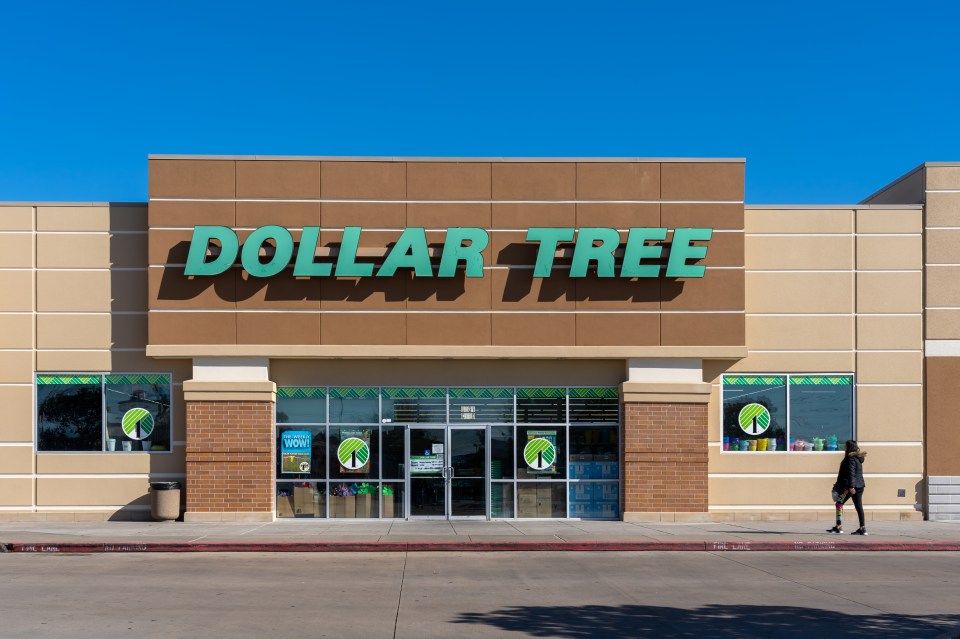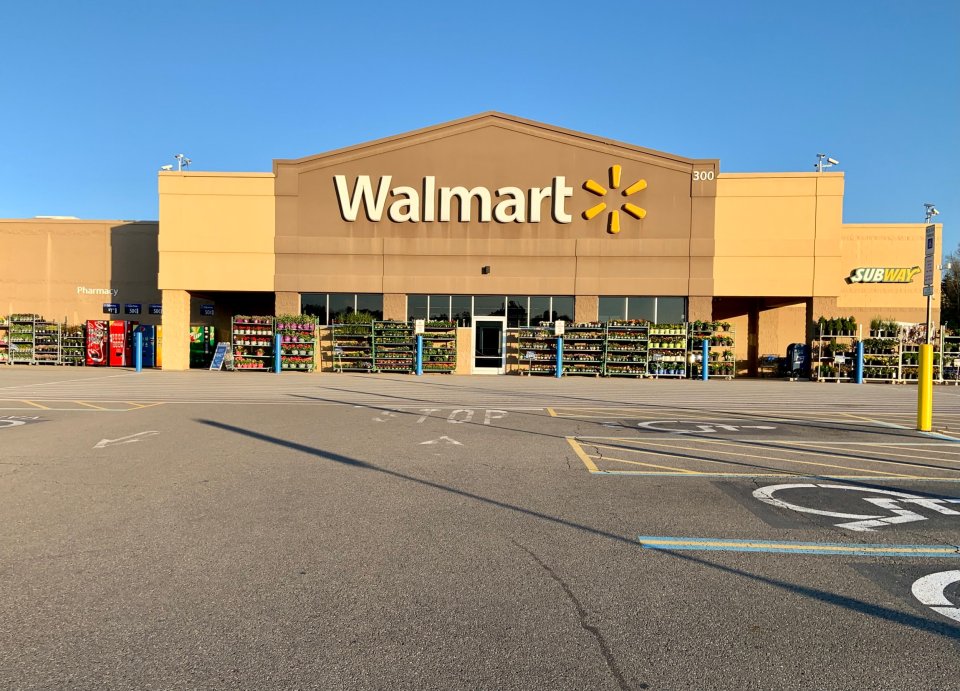There are drawbacks to immigration’s $7 trillion economic boost to the United States
In an era where the U.S. economy continues to defy repeated recession predictions, immigration has emerged as a significant factor contributing to its unexpected growth. As highlighted by Federal Reserve Chair Jerome Powell in a CBS “60 Minutes” interview, the influx of immigrants has played a critical role in fueling the economy’s expansion.
However, this $7 trillion boost does not come without its complexities and challenges.
The recent surge in immigration has led to a substantial increase in the U.S. workforce, with the Congressional Budget Office (CBO) reporting a net addition of 3.3 million people in 2023, significantly higher than the previous decade’s average.
This demographic shift is anticipated to enlarge the nation’s pool of workers by 1.7 million this year alone, contributing to a projected $7 trillion growth in the gross domestic product over the next decade. Furthermore, this increase in labor supply is expected to bolster federal tax revenues by $1 trillion, thanks to greater economic activity and workforce participation.
Yet, the economic landscape shaped by immigration is nuanced. While the federal level sees a financial boon, state and local governments face a different reality. The influx of immigrants, especially those requiring public education and other community services, places a considerable strain on local resources.
Despite their contribution to federal coffers, immigrants, particularly refugees and asylum-seekers, have been shown to incur a net cost of $21.4 billion to state and local governments, primarily due to the funding structures of educational and welfare services.
On the employment front, immigration presents a dual-edged sword. The U.S. is currently experiencing a labor market paradox, with job openings surpassing the number of job seekers by over 2 million.
Immigration has been instrumental in bridging this gap, particularly as the nation faced acute labor shortages during the economic recovery post-pandemic. The entry of immigrants into the labor force has not only filled critical gaps but has also been vital in sectors facing the brunt of demographic shifts, such as the aging baby boomer population.
However, the introduction of a larger workforce has its repercussions, particularly on wage dynamics. The CBO warns that the initial surge in labor supply from immigration is likely to exert downward pressure on average real wages in the short term, particularly in sectors that traditionally offer lower wages.
Although this trend may reverse as immigrant workers gain skills and ascend economically, the near-term impact on wage growth cannot be ignored.
Amid these economic dynamics, the political landscape surrounding immigration remains contentious. Recent legislative actions and Supreme Court decisions reflect the ongoing debate and differing priorities between political parties, with significant implications for future immigration policies and their economic impact.
In essence, the narrative of U.S. immigration is one of balance and contradiction. While immigration undeniably contributes to economic growth and addresses labor shortages, it also presents challenges that require thoughtful policy responses.
Understanding the multifaceted impact of immigration on the economy is crucial as the nation navigates the complexities of globalization, demographic shifts, and labor market dynamics. As such, the discourse on immigration extends beyond mere numbers; it is about shaping the economic and social fabric of the country for decades to come.











